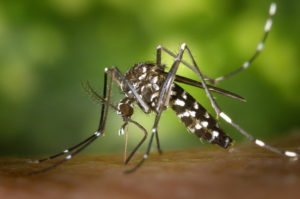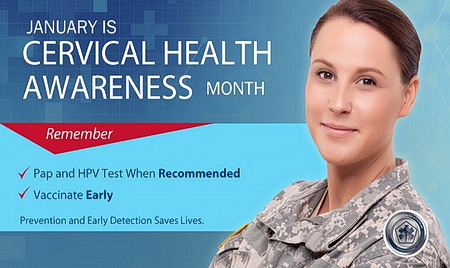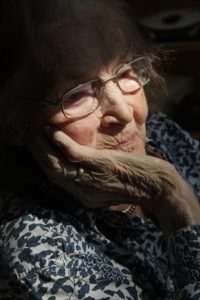 The Zika virus is a disease that spreads to people primarily through the sting of an infected Aedes species mosquito. The most common symptoms of Zika are fever, rash, joint pain, and conjunctivitis. However, many people might not even know if they have been infected, as most people who contract the Zika virus won’t know they have the disease because they won’t have symptoms, according to the CDC. In addition, most people who have the virus, don’t get sick enough to go to the hospital, and they very rarely die of Zika.
The Zika virus is a disease that spreads to people primarily through the sting of an infected Aedes species mosquito. The most common symptoms of Zika are fever, rash, joint pain, and conjunctivitis. However, many people might not even know if they have been infected, as most people who contract the Zika virus won’t know they have the disease because they won’t have symptoms, according to the CDC. In addition, most people who have the virus, don’t get sick enough to go to the hospital, and they very rarely die of Zika.
Transferring the Disease
Zika is mainly spread by mosquitoes, but there have been reported cases of the virus being spread through sexual intercourse. In addition, the Zika virus may be spread through blood transfusions.
Active Locations of the Virus
Currently, there are 39 countries and territories with reported active local transmission of the virus, including Puerto Rico. While there has yet to be any local transmission of the virus in the continental United States, experts expect that to change as the weather warms up.
The virus has been around for many decades, but suddenly, it is now increasing in the human population at an alarming rate. In May 2015, the Pan American Health Organization (PAHO) issued an alert regarding the first confirmed Zika virus infection in Brazil and on Feb 1, 2016, the World Health Organization (WHO) declared Zika virus a public health emergency of international concern (PHEIC).
The following video illustrates the the sudden increase of the Zika virus
As Zika virus continues to spread worldwide, the urgent need for assistance in the countries affected grows. The International Atomic Energy Agency has recently announced a plan to help the 26 countries and territories reporting Zika virus infections.

Zika Risks to Humans
While the spread Zika virus is not on par with the deadly Ebola outbreak from 2014 that began in West Africa, the reason why Zika is causing such concern is because of the potential link to microcephaly. Women who are pregnant and develop a fever, rash, joint pain, or red eyes within 2 weeks of traveling to a country where Zika has been reported should see a doctor.
There has been a link between women infected with Zika and babies born with microcephaly, a birth defect that affects brain development, resulting in babies being born with much smaller heads than expected. Typically, microcephaly is not a common condition, and normally affects between 2 and 12 babies per 10,000.
Additional information can be found in Five Facts About the Zika Virus.
Donate Now! Help the children of the Zika virus!




 Diabetes has been an increasing issue in the United States. While there are already close to 30 million Americans with diabetes, there are far more who have what is being called prediabetes.
Diabetes has been an increasing issue in the United States. While there are already close to 30 million Americans with diabetes, there are far more who have what is being called prediabetes.
